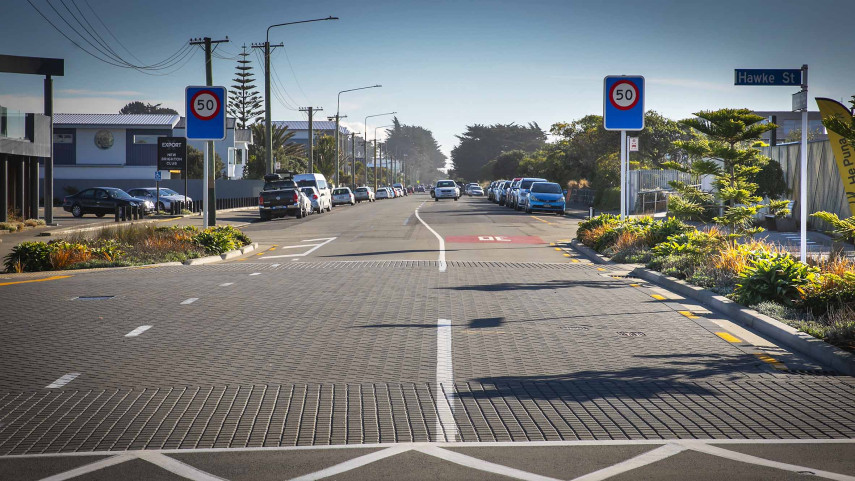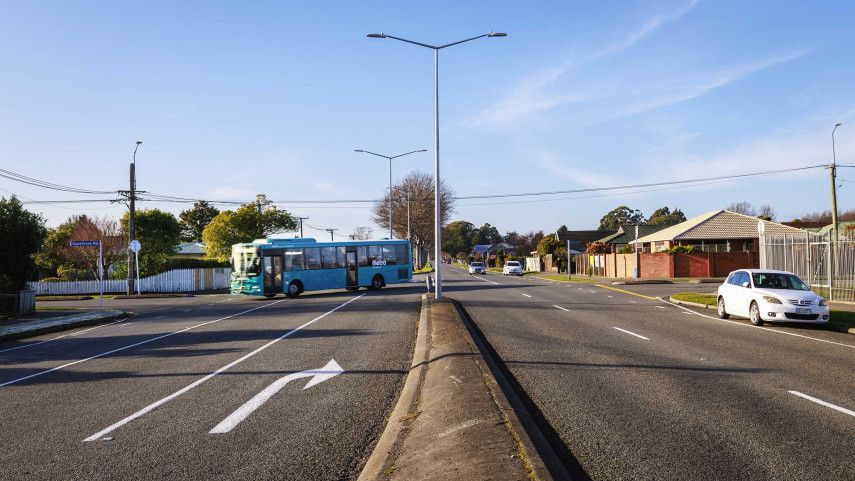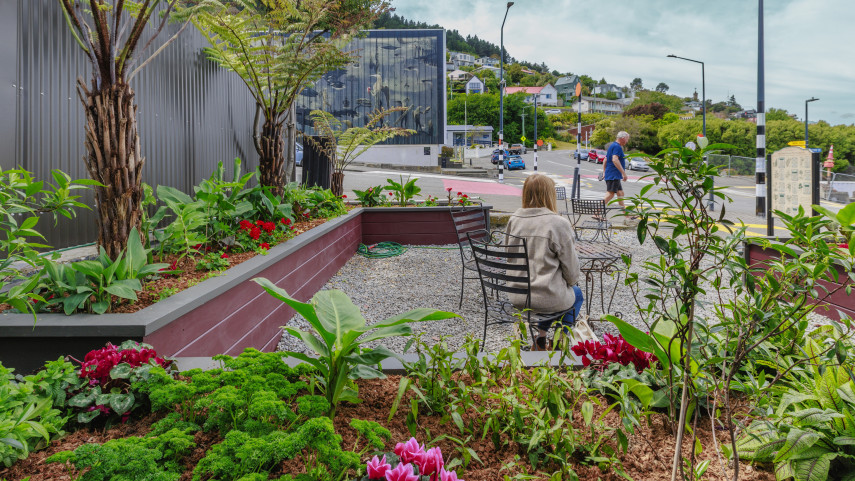When a proposed new road or right-of-way requires a name, there are specified conditions in the subdivision consent or right-of-way approval.
Request a road or right of way name
Download, complete and submit the application form, along with supporting information to resourceconsentapplications@ccc.govt.nz.
To avoid cut-off dates and delays in obtaining the s223 certificate, it is recommended that a road naming application is submitted well in advance.

When new roads are created through a subdivision, and a subdivision consent is approved, the road-naming process should be started as soon as possible as all road names need to be approved prior to applying for a s223 certificate.
Email dutyplanner@ccc.govt.nz if you would like to discuss the proposed road names prior to submitting your request.
Staff time involved in assessing applications and preparing reports for the consideration of the Community Board will be charged as part of the final fees for the subdivision consent or right-of-way application.
- A plan of the subdivision or right-of-way showing connections to existing roads within the surrounding road network, and the names of all existing and proposed roads on the plan.
- An explanation of the background for each name, including its origin and how it meets the Naming Policy(external link). The naming policy sets out specific criteria for what names will and will not meet the policy. Any application that does not suitably address the criteria of the policy will not be accepted for processing.
- For names with Māori origins, details of consultation with relevant Rūnanga via Mahaanui Kurataiao Limited (MKT). Otherwise, names will be reviewed by the Council’s Principal Advisor Treaty Relationships.
- For roads that are classified as a collector road, or are in a location of significance to Māori, details of consultation with relevant Rūnanga via Mahaanui Kurataiao Limited (MKT) for their input into the proposed names (if no names proposed by Rūnanga, the usual process applies).
- For names where the road to be named for a person that has died in the past decade or in a sensitive manner, details of consultation with the family are required. Consultation may also be requested in other cases as needed, depending on the proposed names.
- Confirmation that the names do not duplicate or are not similar in sound or spelling to any existing road name within the Christchurch District or the immediate surrounding area. It is recommended that this check is initially undertaken using a street directory or internet search.
- At least three options for each road/right-of-way, in order of preference (this helps to avoid repeating the Community Board approval process if a name is not approved).
- Where the name is for an existing right-of-way, the written approval of all existing owners.
- Confirmation that the proposal is consistent with the Australian and New Zealand Standard AS/NZS 4819:2011 Rural and urban addressing and guidelines for addressing In-fill developments 2019 - LINZ OP G 01245.
Note: Changing the road type but keeping the same or similar road name will not be accepted under the relevant guidelines. For example, if there is an existing Smith Street and a proposed name of Smiths Lane, this would not be accepted as it is a duplicate name.
The Naming Policy (external link)has more information on naming criteria and a style guide.
Land Information New Zealand (LINZ)(external link) also has information on addressing standards and guidelines.
Note: The information on this page is only for the naming of new roads created as part of a subdivision. Email info@ccc.govt.nz to find out about changing an existing street name.
- The applicant must apply with a preferred name and at least two alternative names for each road/right-of-way, including the information outlined above.
- Council staff review the proposed names, checking them against the Naming Policy(external link)(external link), ASNZ standard and LINZ guidelines.
- A report is prepared for the local community board to consider at its next meeting. Community boards have the delegated authority to approve road and right-of-way names.
- Once the community board makes a decision, the applicant is notified.
- Name blades for the new roads are to be supplied and installed by the developer. The location of the road signs must be approved by the Council’s Subdivision Engineer before installation.
Related news

Marine Parade renewal project to begin this month
Renewal work on Marine Parade in New Brighton will start on November 24.
13 Nov 2025
Safety and water upgrades on Harewood Road get underway
Safety and water upgrades on Harewood Road – including the installation of new traffic signals at the intersection of Harewood, Gardiners and Breens Road – are getting underway next week.
11 Nov 2025
New garden traces Lyttelton's healing history
Take a step back in time with a garden installation tracing the history of a prominent Lyttelton site.
11 Nov 2025